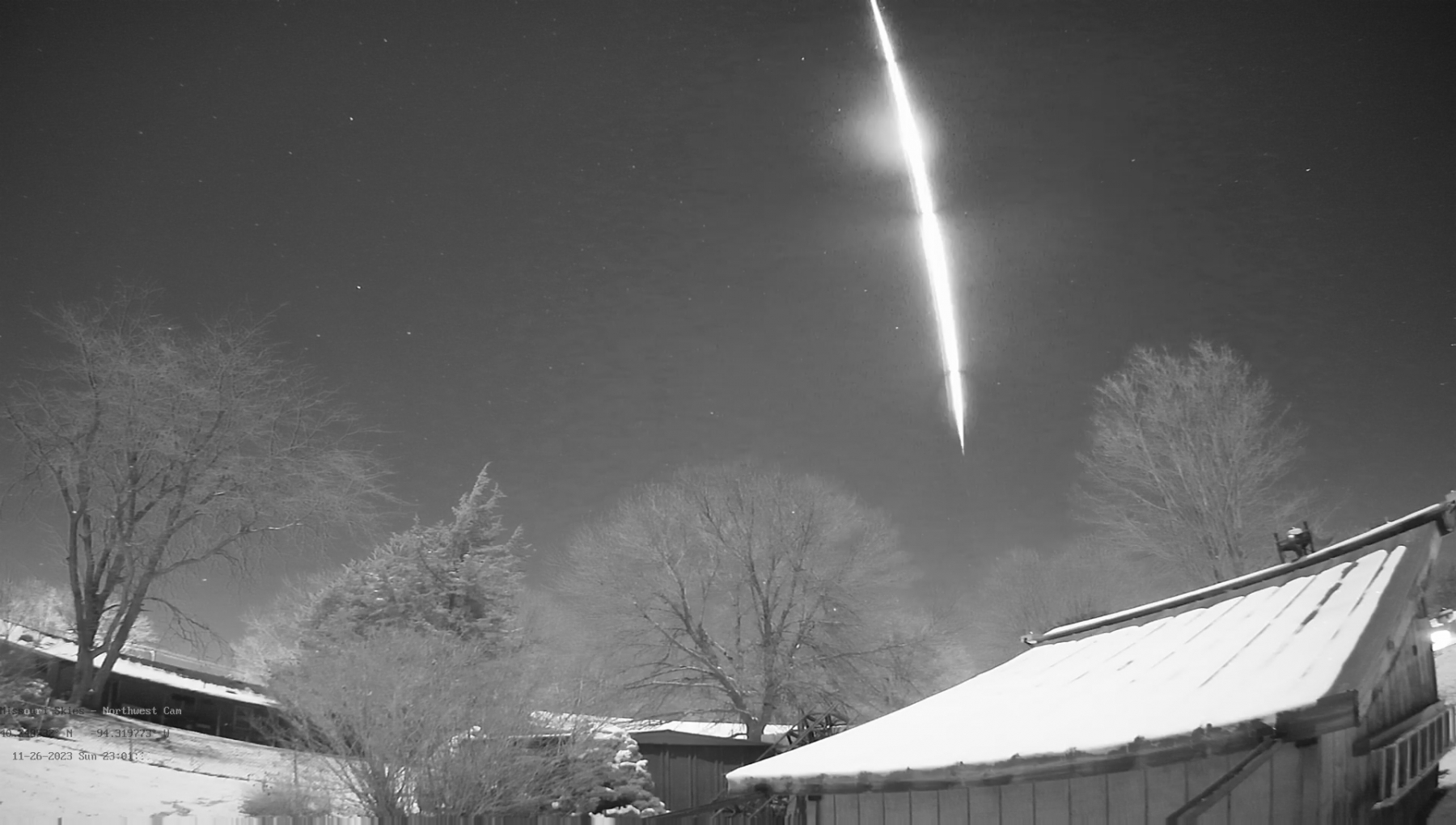
Meteor Activity Outlook for June 8-14, 2024
Dan Bush captured this multi-bursting fireball from Albany, Missouri, USA on November 26, 2023, at 21:01 CST (05:01 UT on…

Dan Bush captured this multi-bursting fireball from Albany, Missouri, USA on November 26, 2023, at 21:01 CST (05:01 UT on…

Giovanni Battista Casalnuovo captured this multi-bursting fireball from Laives, Italy on November 26, 2023, at 21:08 CET (20:08 UT). ©Giovanni…

Meteor showers on Earth are caused by streams of meteoroids hitting our atmosphere. These meteoroids are sand and…
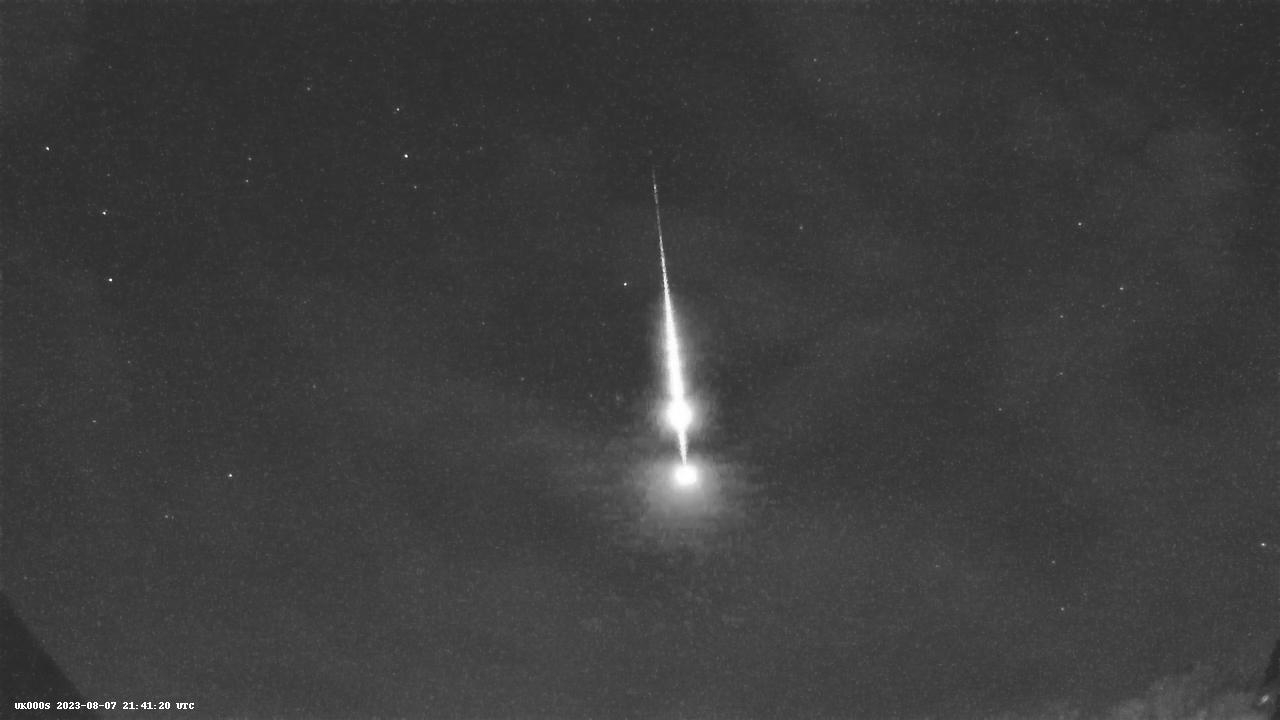
Richard Bassom captured this multi-bursting fireball passing close to Polaris on August 7, 2023, at 22:51 BST (22:51 UT) from…
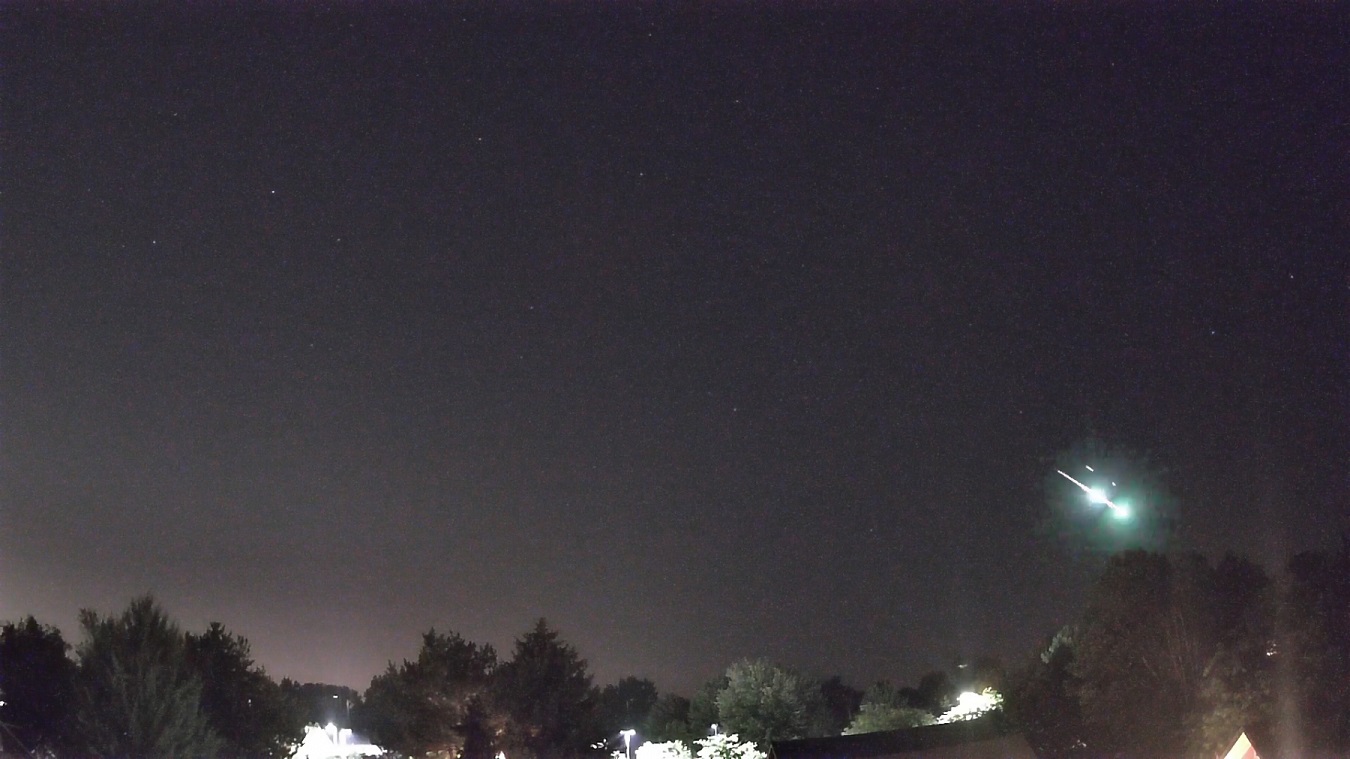
Jordan Ragsdale captured this double-bursting fireball using his AllSky Camera System on July 25, 2023, at 3:07 MDT (9:07 UT)…
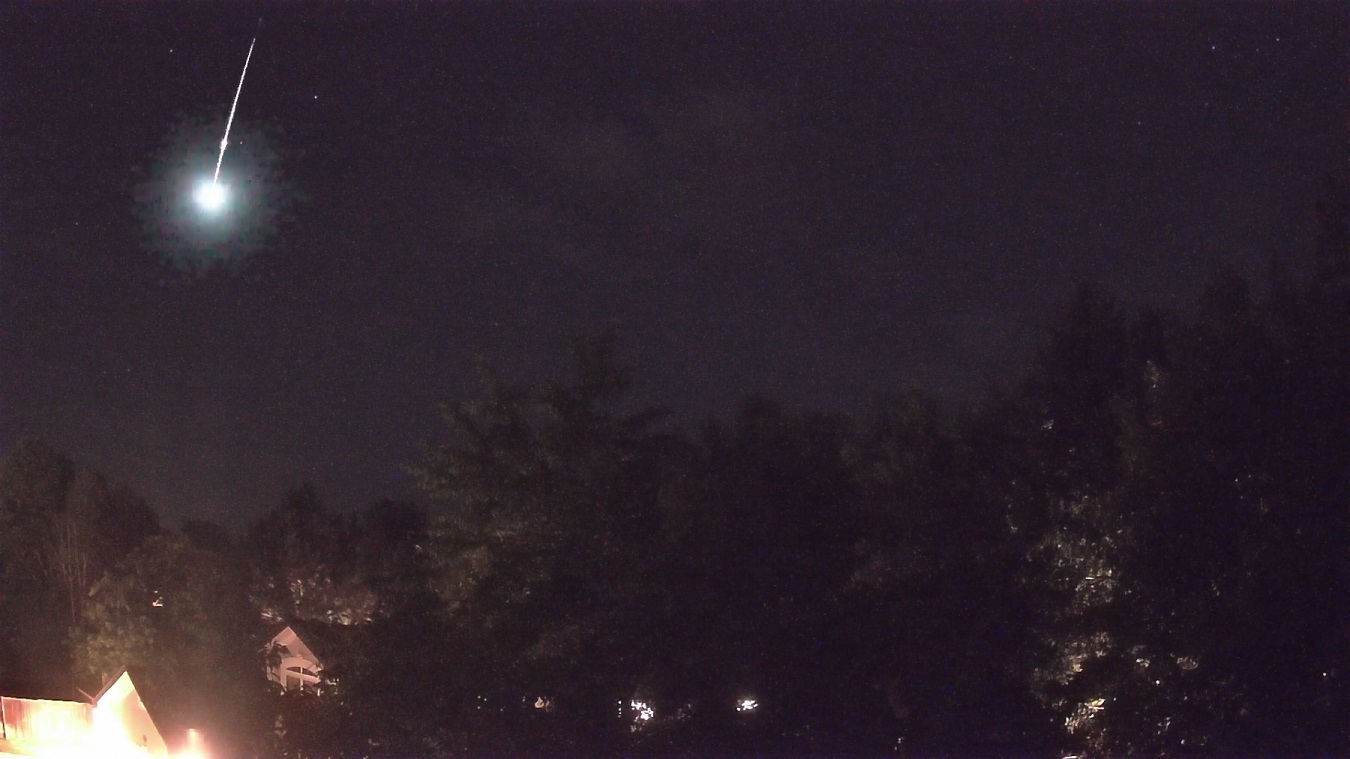
Jordan Ragsdale captured this multi-bursting fireball using his AllSky Camera System on July 24, 2023, at 23:50 MDT (05:50 UT…
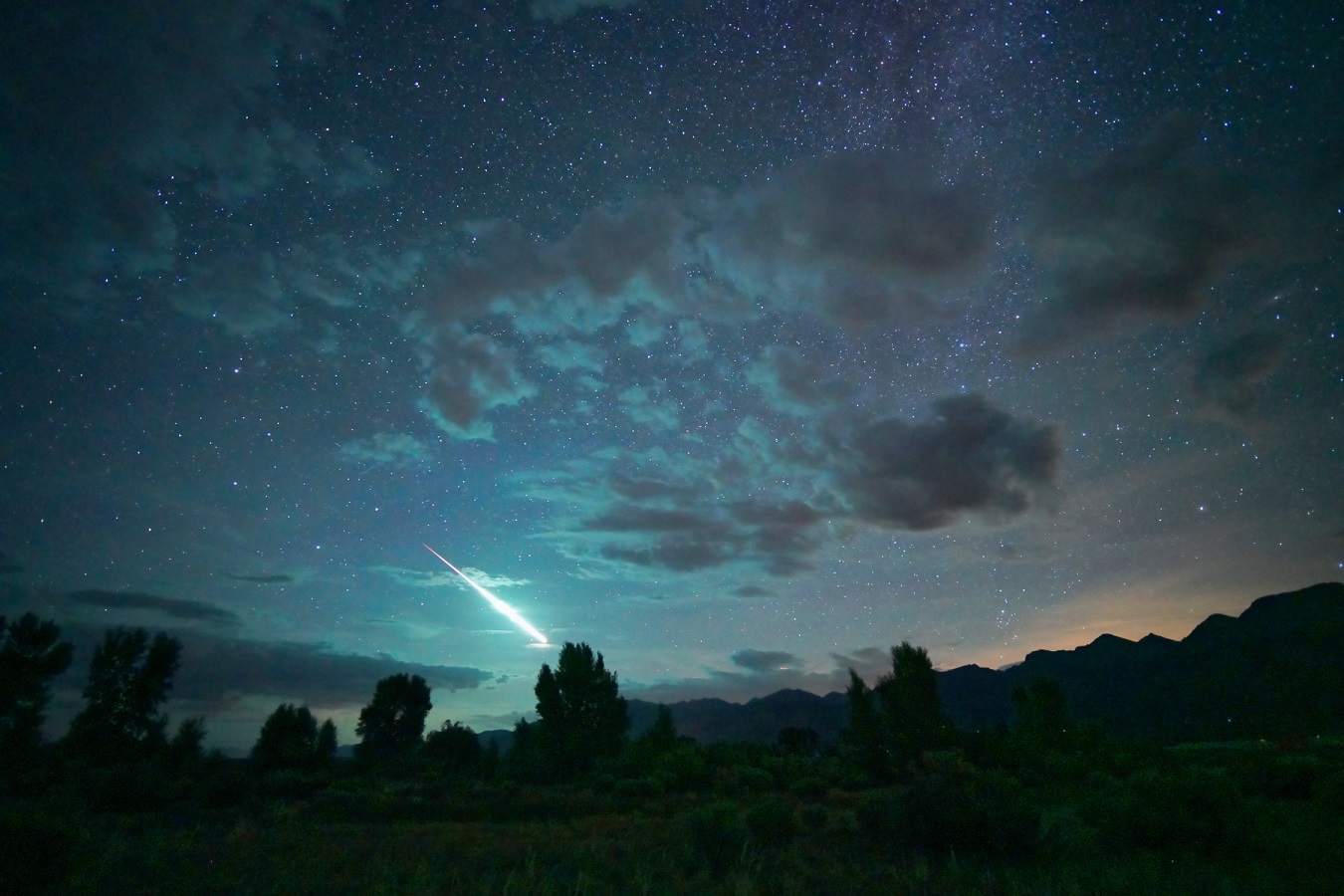
Mike Lewinski captured this beautiful fireball on July 25, 2023, at 00:03 MDT (06:03 UT) from Crestone, Colorado, USA. ©Mike…

The illustration above displays the orbits of actual Quadrantid meteors captured on multiple video cameras. The angle of the view…
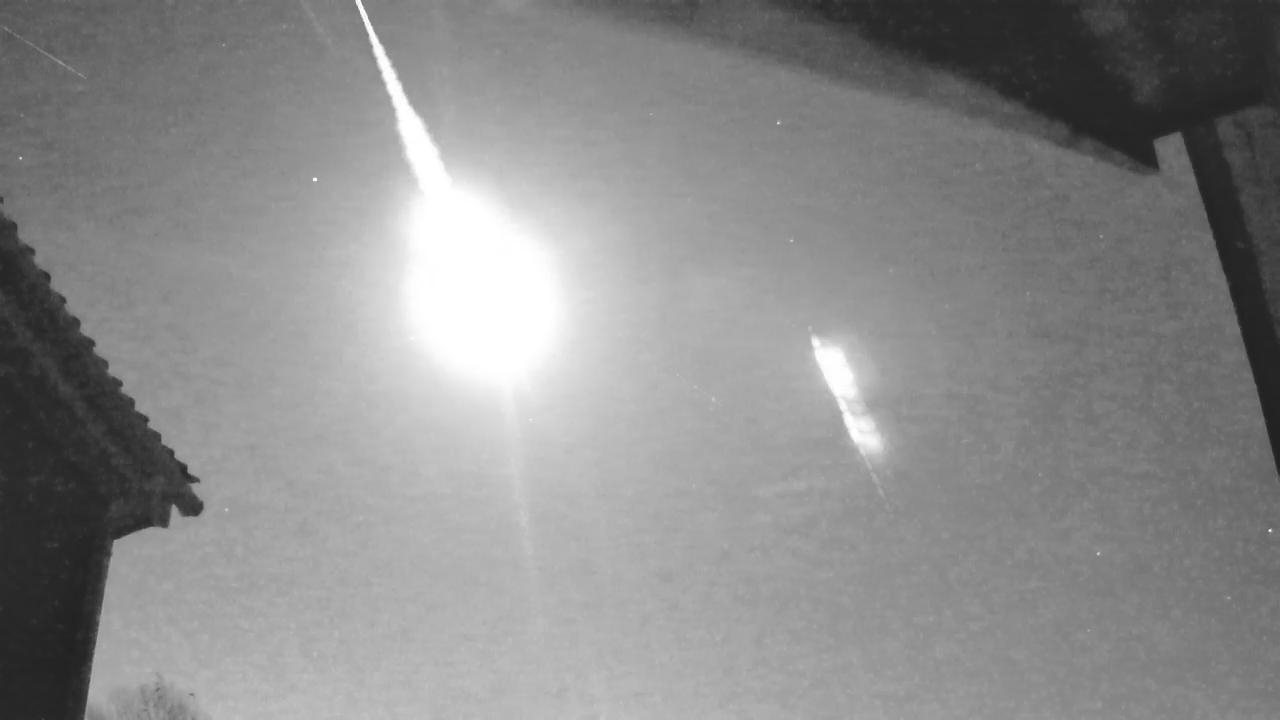
Peter Meadows captured this brilliant fireball from Chelmsford, England, on November 24, 2022 at 06:13 GMT using a GMN/UKMON Camera…

This brilliant fireball, passing below the bowl of the Little Dipper, was captured by an AllSky Camera System at 20:37…

This brilliant fireball was captured by an AllSky Camera System at 3:10am EST (8:11 UT) on November 27, 2022 from…

Ryan Conner captured this brilliant Southern Taurid fireball using his AllSky Camera System on October 28, 2022, at 01:14 EDT…

Mónika Landy-Gyebnár captured this multi-bursting South Taurid fireball on October 26, 2022, at 03:43 CEST (1:43 UT) from Hárskút, Hungary.…
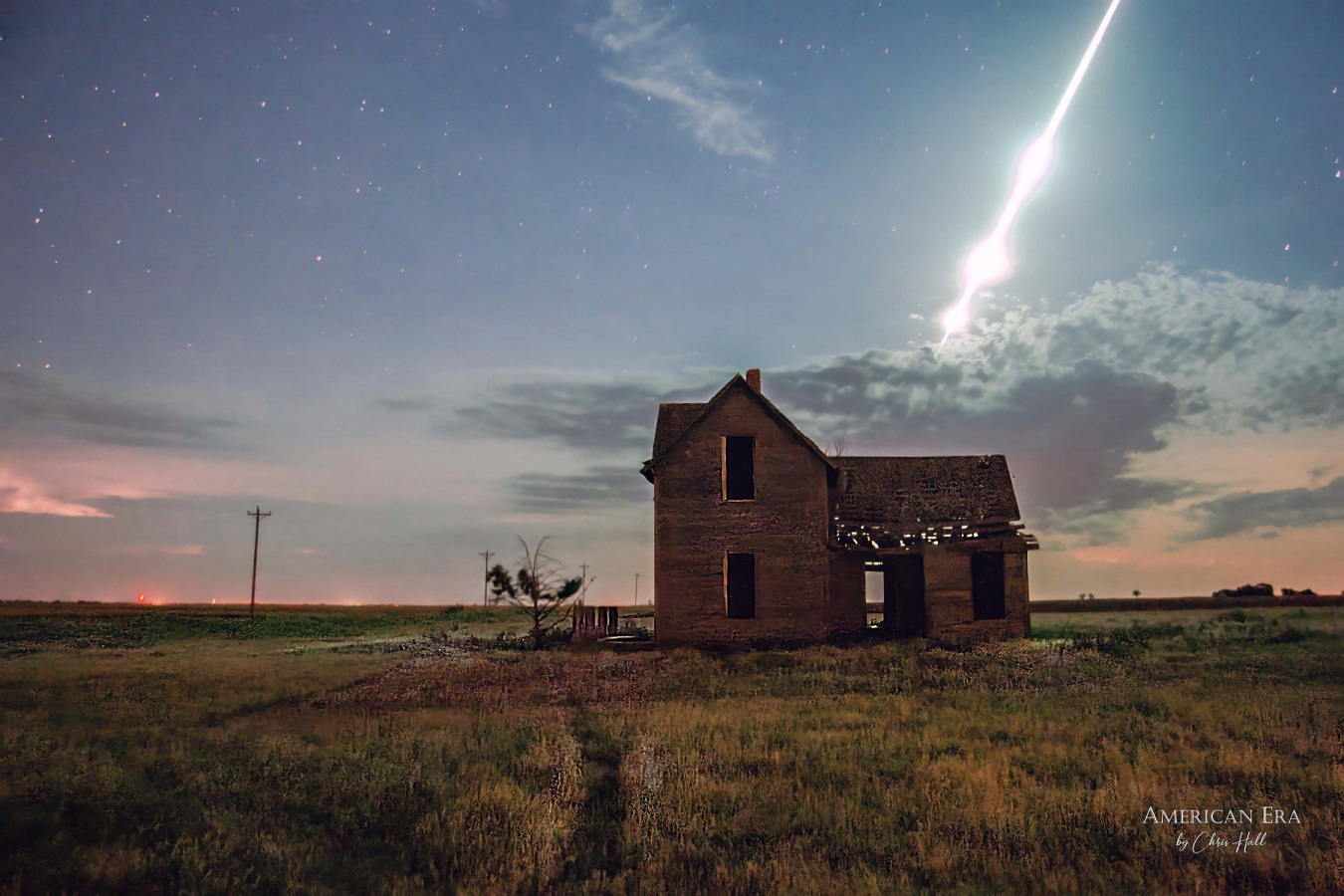
Chris Hall captured this multi-bursting fireball while photographing this homestead on June 19, 2020, at 00:48 CDT (5:43 UT) from…

Every year between mid-April and the end of May, the Earth encounters the outbound debris from Halley's Comet. Outbound describes the motion of each particle as it moves away from the sun and passes near the Earth on its way back to the outer realms of the solar system...
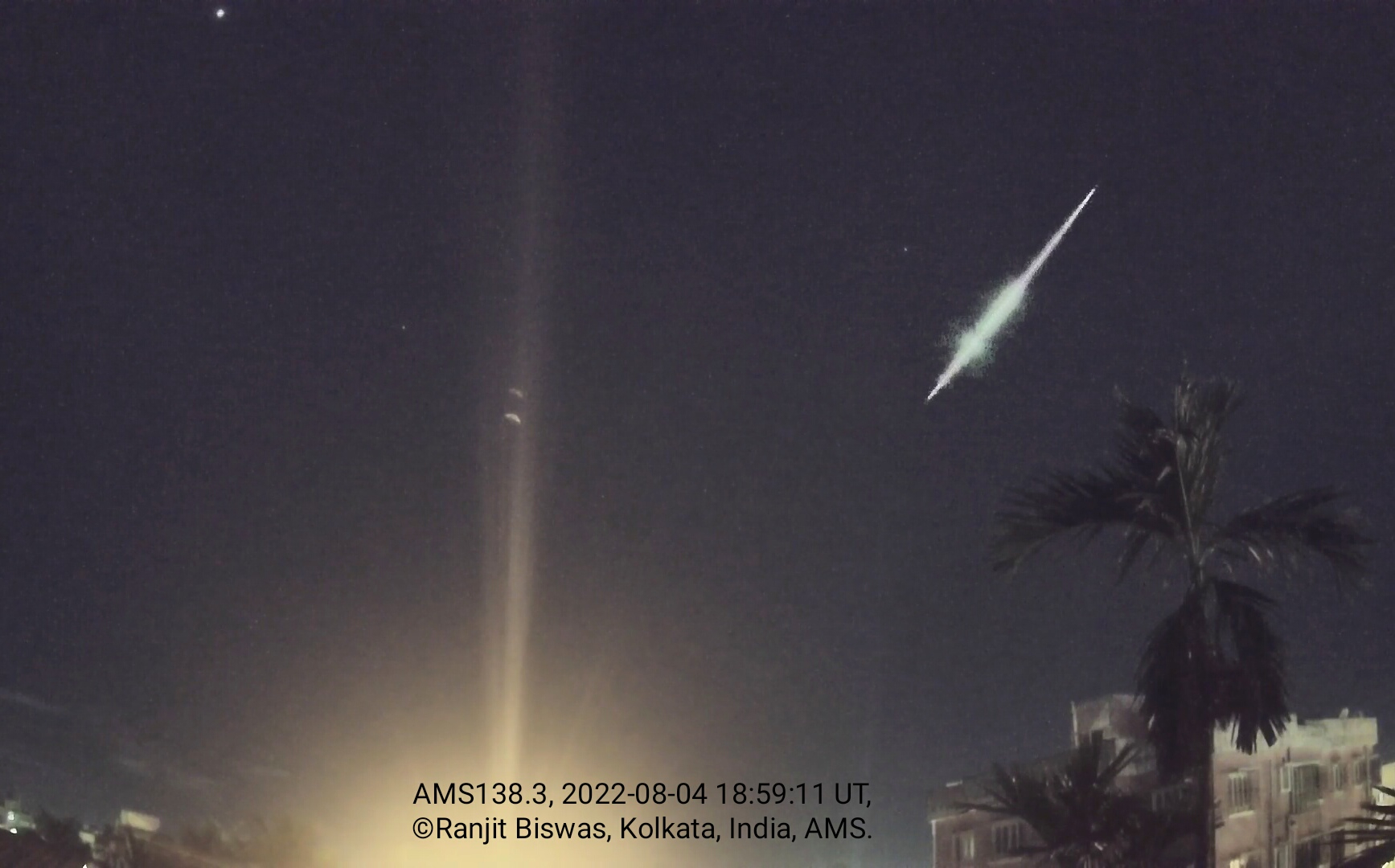
Ranjit Biswas captured this double bursting fireball on August 4, 2022 at 18:59:11 UT (00:30 IST on August 5) from…
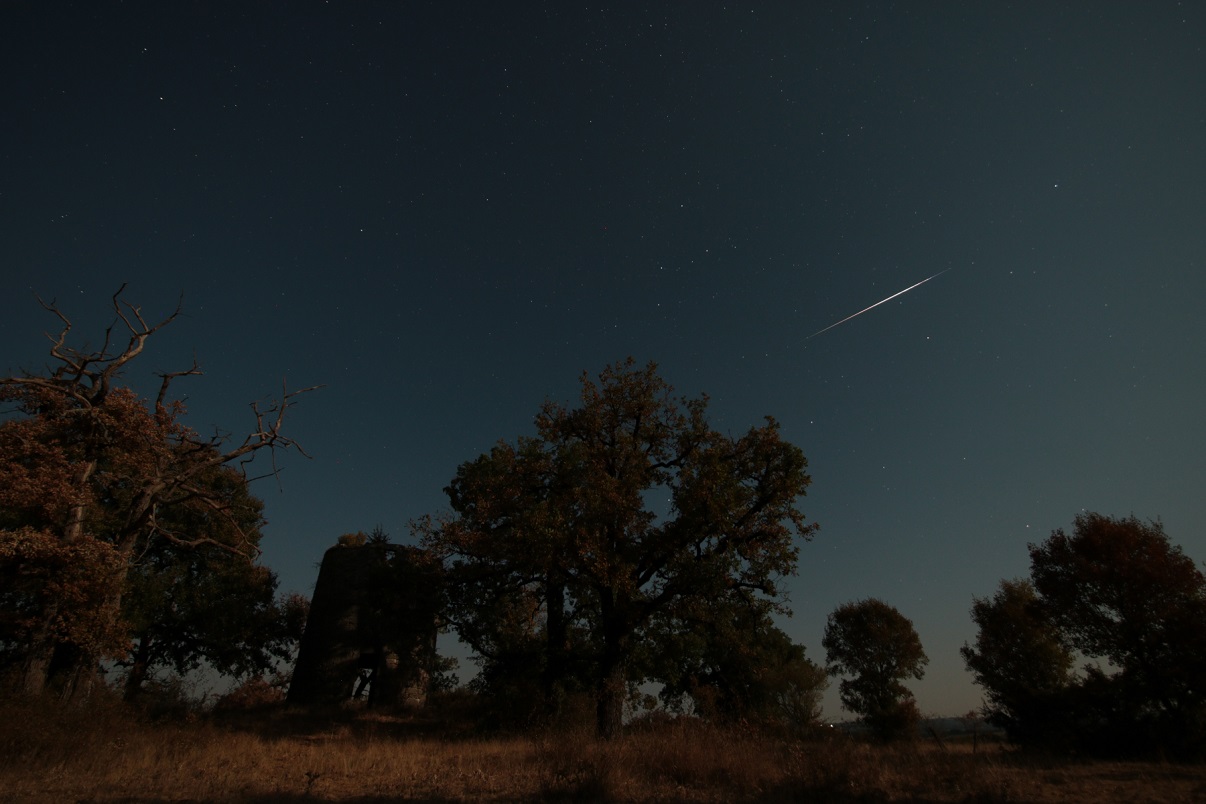
Marie Helene Cousin captured this Perseid fireball at 0:33 CEST on August 13, 2022 (22:33 UT on August 12), from…

Aaron Morris captured this bursting sporadic fireball at 01:56 UT on August 1, 2022 (21:56 EDT July 31), from Griffin,…
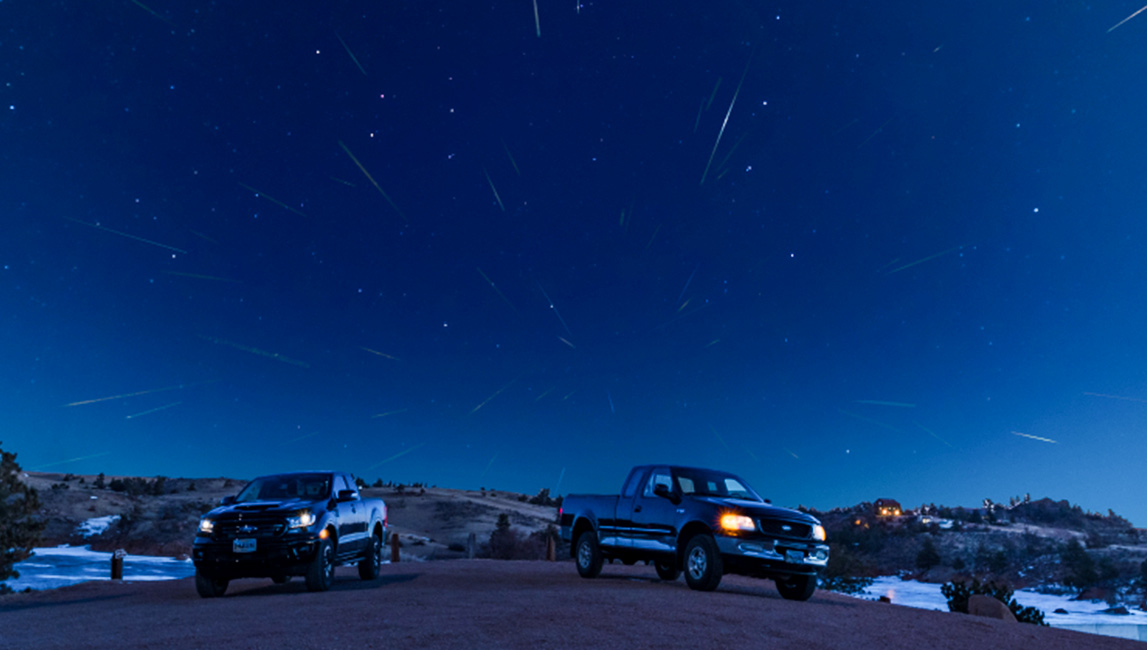
The Quadrantids can be one of the strongest displays of the year, yet they are difficult to observe. The main factor is that the display of strong activity only has a duration of about 6 hours. The reason the peak is so short is due to the shower’s thin stream of particles and the fact that the Earth crosses the stream at a perpendicular angle.

During this period, the moon reaches its first quarter phase on Saturday September 3rd. At that time the moon will lie 90 degrees east of the sun and will set between 23:00 and midnight Local Daylight Saving Time (LDST). As the week progresses the waxing gibbous moon will begin to interfere upon the more active morning hours. Toward the end of the period, the nearly full moon will lie above the horizon most of the night.

Here is another view of the same fireball that was presented last week. As seen from Weil der Stadt, Germany,…